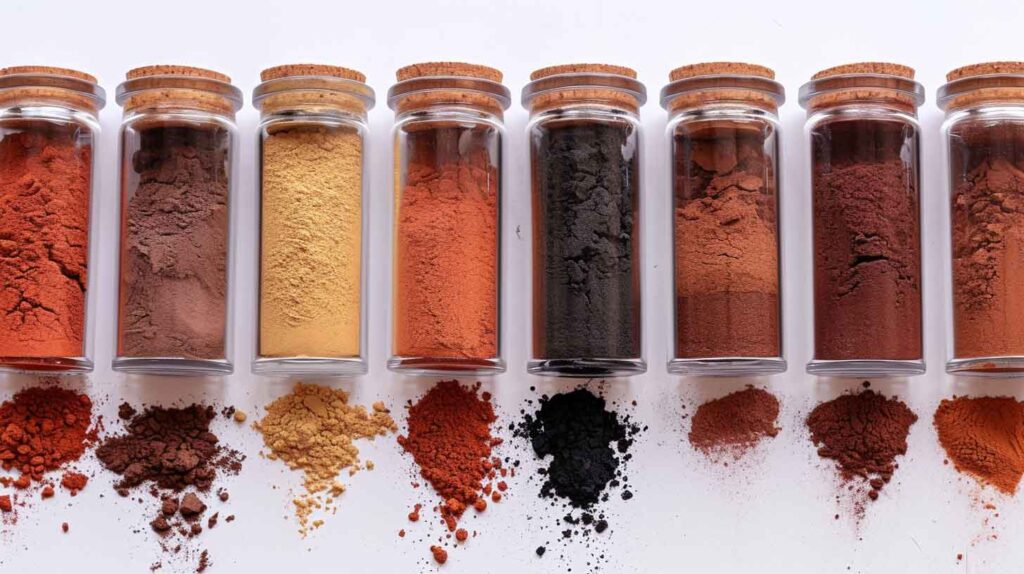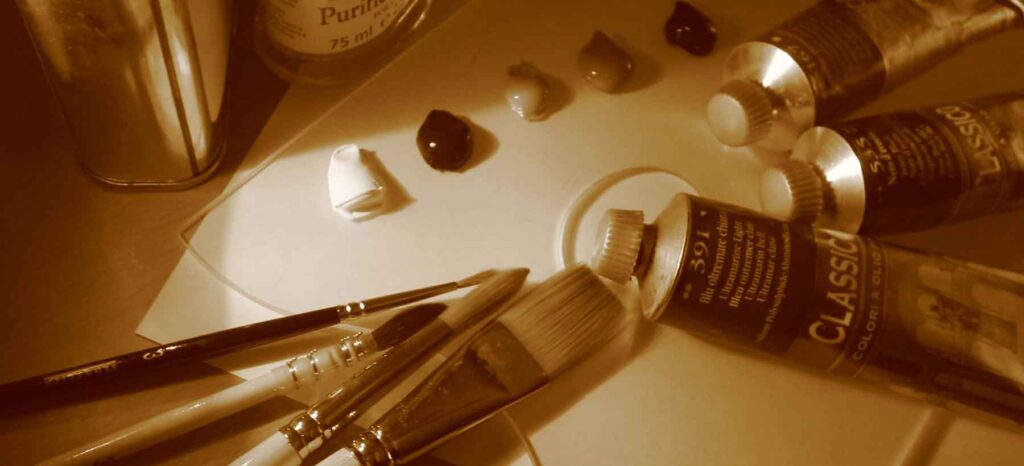
The Evolution of Iron Oxide Pigments and Their Impact on Modern Painting
For artists, understanding the historical development and technical aspects of iron oxide pigments is essential. Since the late 19th century, these pigments have been produced commercially, addressing the inconsistencies found in colors derived from natural sources. Initially, these commercially produced pigments featured predominantly large particle sizes, which maximized opacity and ensured a high degree of color strength, along with uniform and uncontaminated products. Their primary use was largely in the construction industry.
However, over the past four decades, a shift in demand has emerged, particularly for pigments that combine color richness, transparency, and ultraviolet (UV) light protection. Synthetically produced transparent iron oxides have risen to meet this demand, offering superior purity, consistency, cleanliness, and clarity. This development is particularly pertinent for artists who require these specific attributes in their work.
The synthetic production process of transparent iron oxide pigments allows for a variety of hues and pigment shapes (morphologies). These pigments are available across a range of pH values, from acidic (around pH 3.0) to slightly alkaline (up to pH 8.5). It is noteworthy that acidic pigments often present cleaner shades but pose challenges in terms of full dispersion. Such acidic grades are generally not recommended for waterborne systems due to their potential to disrupt the chemical balance and cause resin precipitation. On the other hand, neutral and slightly alkaline pigments are favored for their enhanced dispersion stability and superior performance, particularly in waterborne systems.
For oil painters, this nuanced understanding of iron oxide pigments — from their historical evolution to their chemical properties — is vital. It informs the selection and application of these pigments, ensuring that their artistic vision is realized with the desired aesthetic qualities and durability.
Read more: Natural Pigments, Iron Oxide







Responses